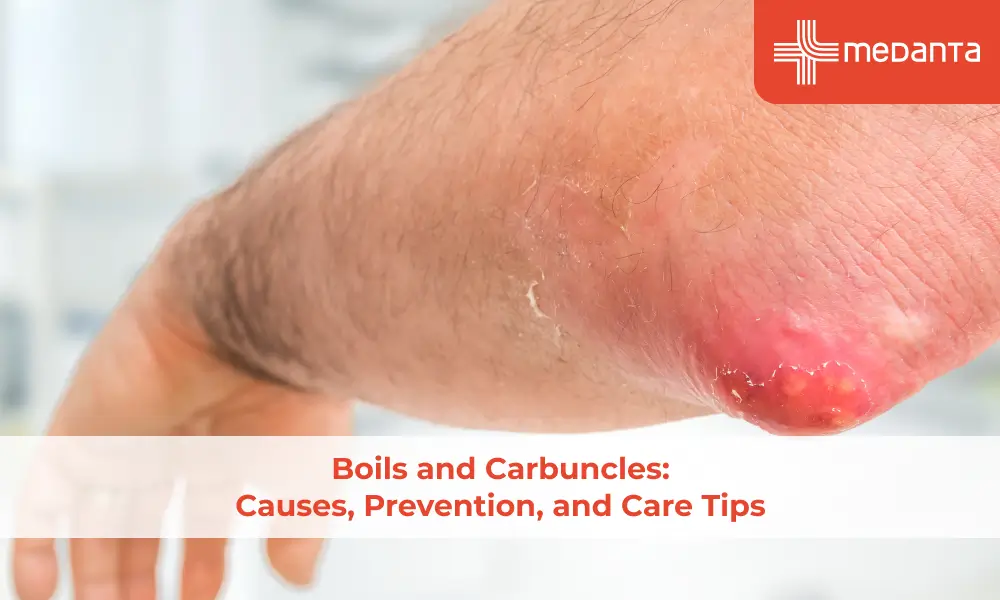Can Cervical Cancer Be Avoided? Here Is Everything You Need To Know!
Thousands of women are affected yearly by cervical cancer, a significant health problem. The American Cancer Society report predicts an estimated 14480 new cases of cervical cancer in the USA in 2022, and around 4290 will pass away from this disease.
Cervical cancer is largely curable. You reduce the risk of developing this illness with the proper knowledge and actions. Continue reading about its causes and symptoms, diagnosis, treatment, and prevention.
Causes and Risk Factors
The cervix is the lower part of the uterus that connects to the vagina, where abnormal cell growth in the body causes cervical cancer. The human papillomavirus is a commonly transmitted infection that is the primary risk factor for this cancer. But it's not necessarily that women with HPV positive develop cervical cancer; other factors may raise the risk of developing the disease.
Risk factors for cervical cancer
Several factors might be one of the causes of cervical cancer. Some of them include the following:
- HPV infection: The primary risk factor for this cancer as it can lead to the growth of abnormal cells in the cervix.
- Sexual activity: The risk of cervical cancer may be increased in women who have had several sexual partners or who started having sex at a young age.
- Smoking: The risk of cervical cancer may increase in women who smoke.
- Weak immune system: Women are at higher risk of developing diseases with a weak immune system, such as those HIV.
- Family history: Cervical cancer may be more likely to develop in women with a history of the disease.
- Lack of regular cervical cancer screening: Women are at higher risk of developing this cancer who don't get routine pap tests or HPV tests as this goes unnoticed for a more extended period.
Many women with cervical cancer don't have noticeable risk factors.
Symptoms
Cervical cancer may not indicate any signs in its early stages. However, when the condition worsens, women may suffer the following signs and symptoms:
- Abnormal vagina bleeding: Bleeding after sex, between periods, or after menopause come under this category.
- Unusual vagina discharge: An increase in vaginal discharge that can be watery, thicky, or foul-smelling can be caused by cervical cancer.
- Pelvic pain: In the pelvic area, women with cervical cancer may feel pain or discomfort during sex.
- Pain during urination: Cervical cancer can result in frequent urination and pain or burning when urinating.
- Leg swelling: Cervical cancer, in some cases, results in leg swelling.
Please note that having these symptoms does not necessarily indicate that a woman has cervical cancer.
Treatment
Cancer's stage and body part determines the type of treatment for cervical cancer. Some of the treatments are:
- Surgery: surgery involves removing cancerous tissue from the cervix. But in some severe circumstances, the survey is performed to remove the cervix and uterus.
- Radiation therapy: High-energy X-rays are used in radiation therapy to kill cancer cells. It is used with combination of surgery.
- Chemotherapy: In chemotherapy, drugs are used to kill the cancer cell. It is used alone or in combination with surgery or radiation therapy.
Prevention
Women can take proactive actions to lower their risk of developing cervical cancer by following these prevention strategies. Some tips for preventing cervical cancer are:
- Get vaccinated: The HPV vaccine is quite efficient at protecting against the HPV strains that are most likely to result in cervical cancer. The vaccination can be administered to men and women up to 45; however, it is advised for boys and girls between the ages of 11 and 12.
- Practice safe sex: During sex, using barrier devices like condoms will help lower the chance of transmitting infections that can result in cervical cancer.
- Get regular Pap tests and HPV tests: Routine screening can help detect abnormal cells in the cervix before they develop into cancerous ones, enabling early cervical cancer therapy and prevention.
- Don't smoke: Cervical cancer risk can increase from smoking cigarettes.
- Eat a healthy diet: The risk of cervical cancer can be decreased by eating a diet high in fruits and vegetables.
- Limit alcohol consumption: Heavy alcohol consumption can increase the risk of cervical cancer.
Conclusion
Cervical cancer is a severe and life-threatening condition, but it is largely curable. You can reduce the risk of getting affected by cervical cancer by taking corrective measures. If there are any indications or symptoms of cervical cancer, it's essential to speak with your healthcare provider immediately. It's imperative to make regular visits to a gynaecologist or oncology department for routine check-ups and screenings. Consulting with a trusted and experienced healthcare provider like Dr Abc can help ensure that you receive the highest quality of care and support for your individual needs.






